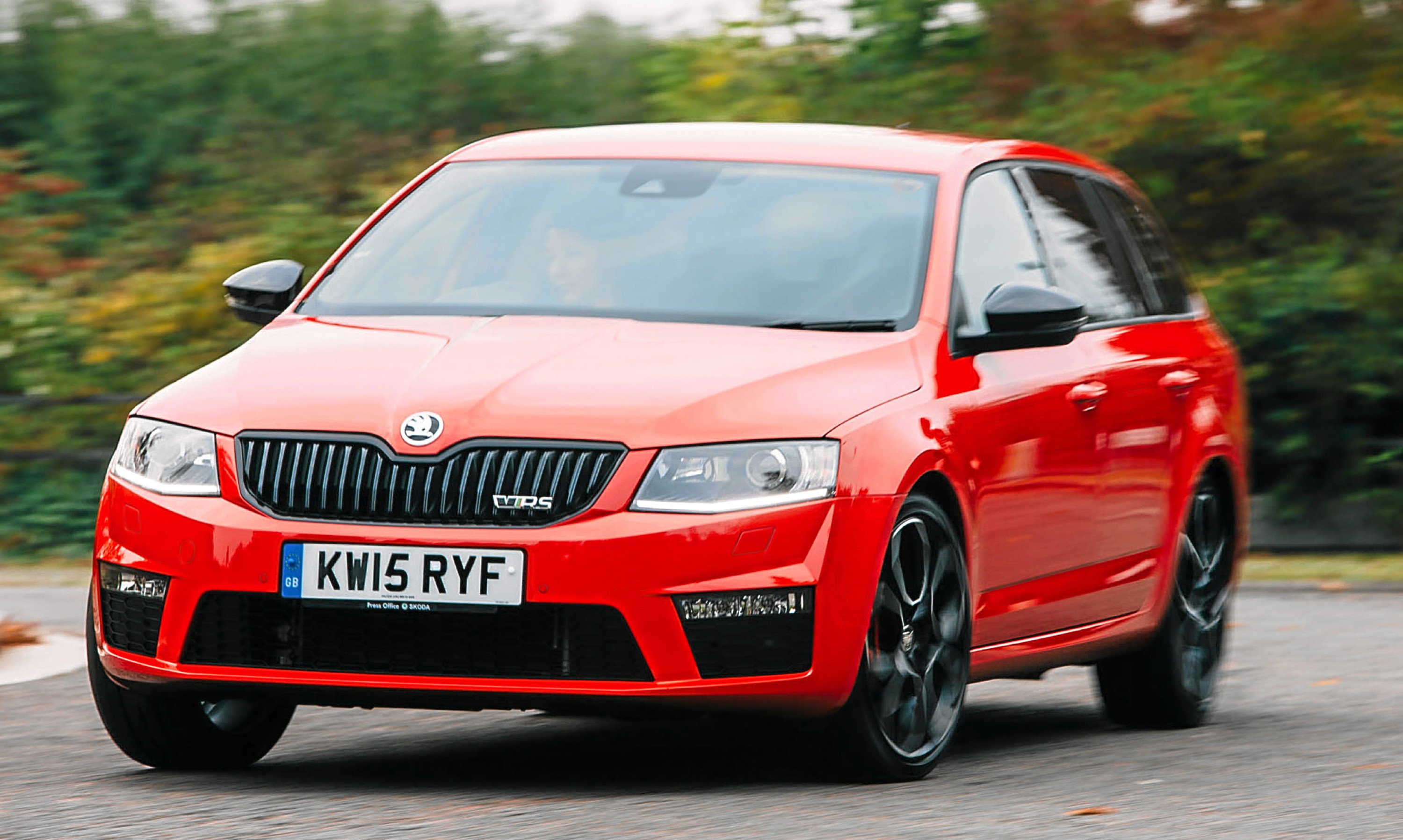Britain has always had a wee thing for estate cars that go very fast.
Audi’s RS models sell better in Avant than saloon guise, and when I was a lad the Volvo 850 T5 Estate was much lauded by motoring writers.
Fast forward 20 years and Skoda does some of the best estate cars. Now they also do one of the best fast estate cars.
The Octavia vRS driven here is powered by a 2.0 litre turbocharged petrol engine producing 230bhp.
Okay, that doesn’t put it in the mix with the most muscular of today’s hot hatches – the Civic Type R develops 306bhp, the Focus RS 350bhp – but it’s still a fair slug of power.
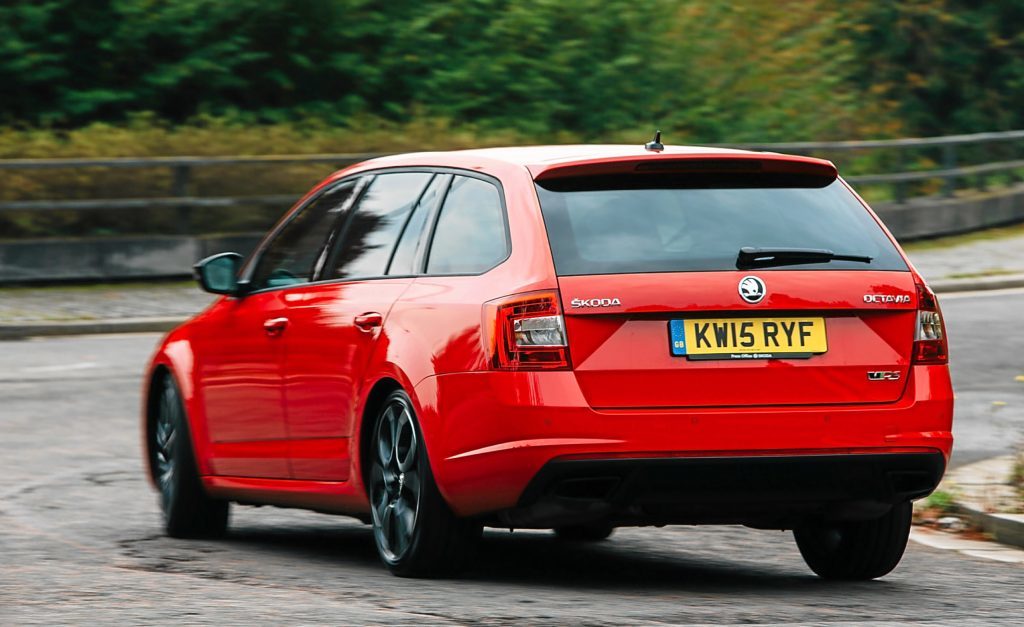
It’ll do 0-62mph in 6.8 seconds and steams on until reaching a top speed of 153mph. That should be fast enough for most people , and Skoda says it’s the quickest production Octavia they’ve ever made.
Despite its power, the Octavia has made gains in economy. There’s a 20% drop in CO2 emissions, to 143g/km, and official economy on the combined cycle is now 44.8mpg.
For many years now, Skoda has been the discerning choice for Volkswagen fans who want value for money.
They use the same platforms, engines and much of the same switchgear but are far more keenly priced than their German counterparts.
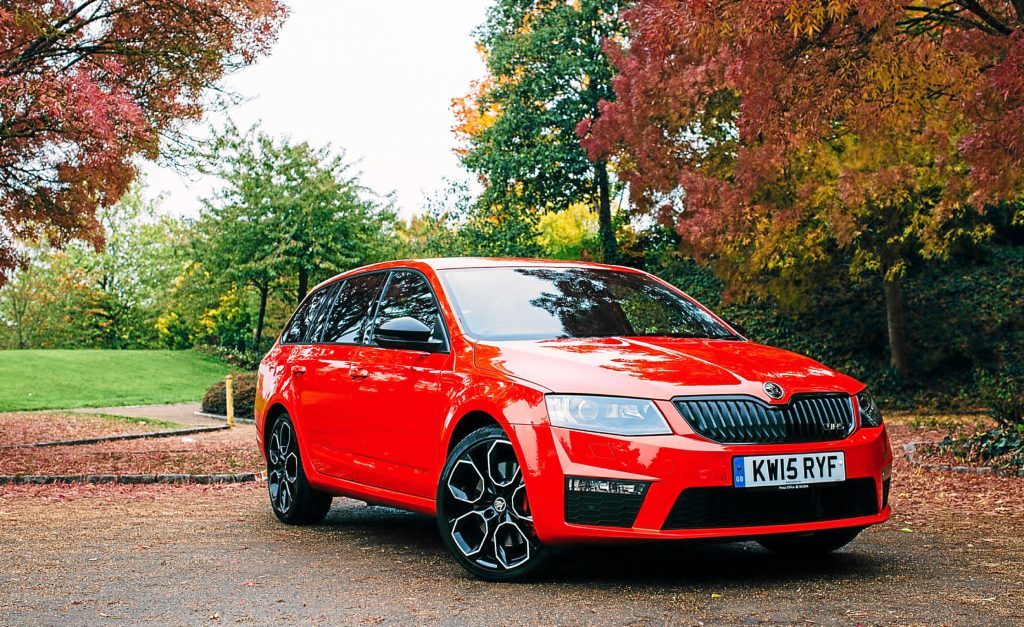
As well as the 230bhp model driven here, the vRS is offered with a 217bhp petrol engine or a 184bhp diesel version. It can also be had with four-wheel drive: making it a much cheaper alternative to Audi’s Quattro-driven fast estates.
Prices start around £23,000, which buys you a lot of fast car for the money. That price undercuts most hot hatches – and they don’t come with a 590 litre boot.
My test car was a little pricier at £27,800, but that’s still good value for what you get.
Standard kit is very generous indeed. Even base versions have 18-inch alloys, rear parking sensors, Bluetooth, DAB tuner and dual-zone air-con.
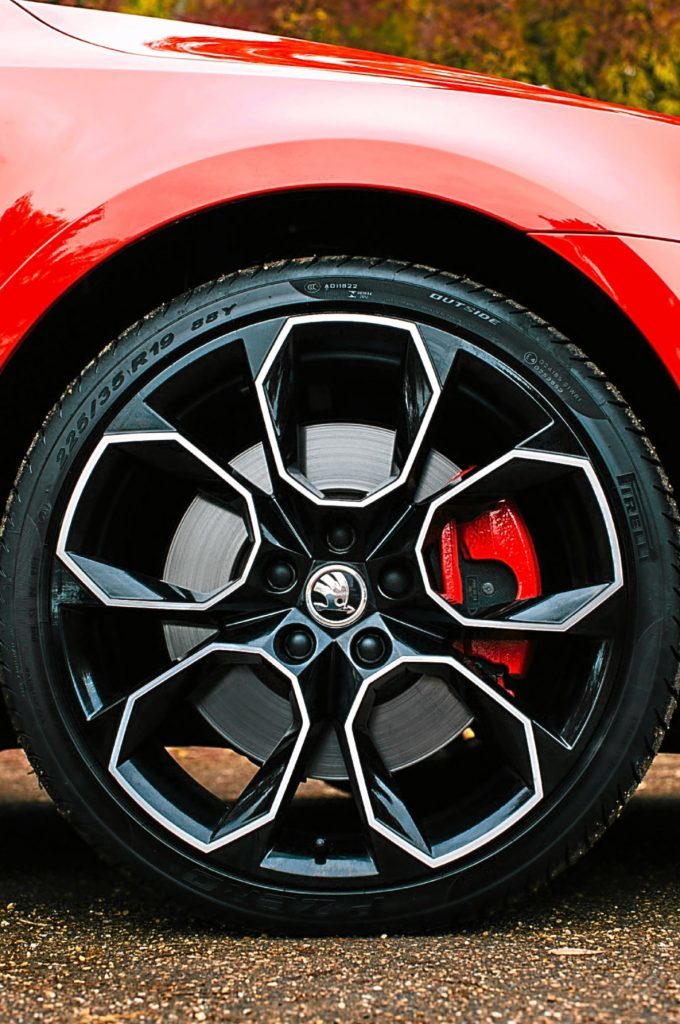
Being further up the range, my car had bigger (19-inch) alloys, leather seats, bi-xenon headlights, all-round parking sensors, touchscreen and some other bits and bobs.
On the road, the Octavia is a terrific all rounder. Straight-line speed is impressive. There can be a bit of wheelspin in the wet, so I’d be inclined to pick the 4×4 version if possible.
In dry conditions it launches away from the line without any fuss, and overtaking manoeuvres are despatched with ease.
It grips well through corners and if it’s not as ultimately entertaining as, say, a Civic Type R, it more than makes up for it by being much more refined.
The Octavia vRS is a car you could easily use for daily commutes. I did a couple of long runs from Dundee to Edinburgh and it’s very comfortable on a longer stretch.
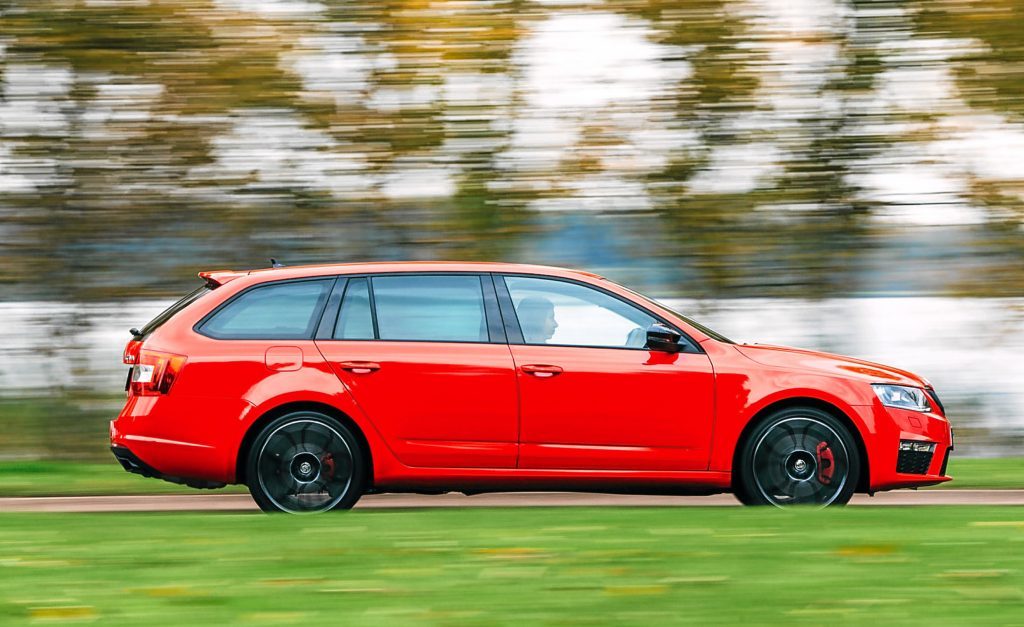
It’s also roomier than all of its rivals. Space in the back is good and the boot is simply enormous.
Some might say it’s not as impressive looking as its rivals and that’s true. Aside from some fancy alloys and twin chrome exhausts there’s not much to separate this from the standard Octavia estate. But then I kind of like a car that hides its light under a bushel.
Price: £27,800
0-62mph: 6.8 seconds
Top speed: 153mph
Economy: 44.8mpg
CO2 emissions: 143g/km
